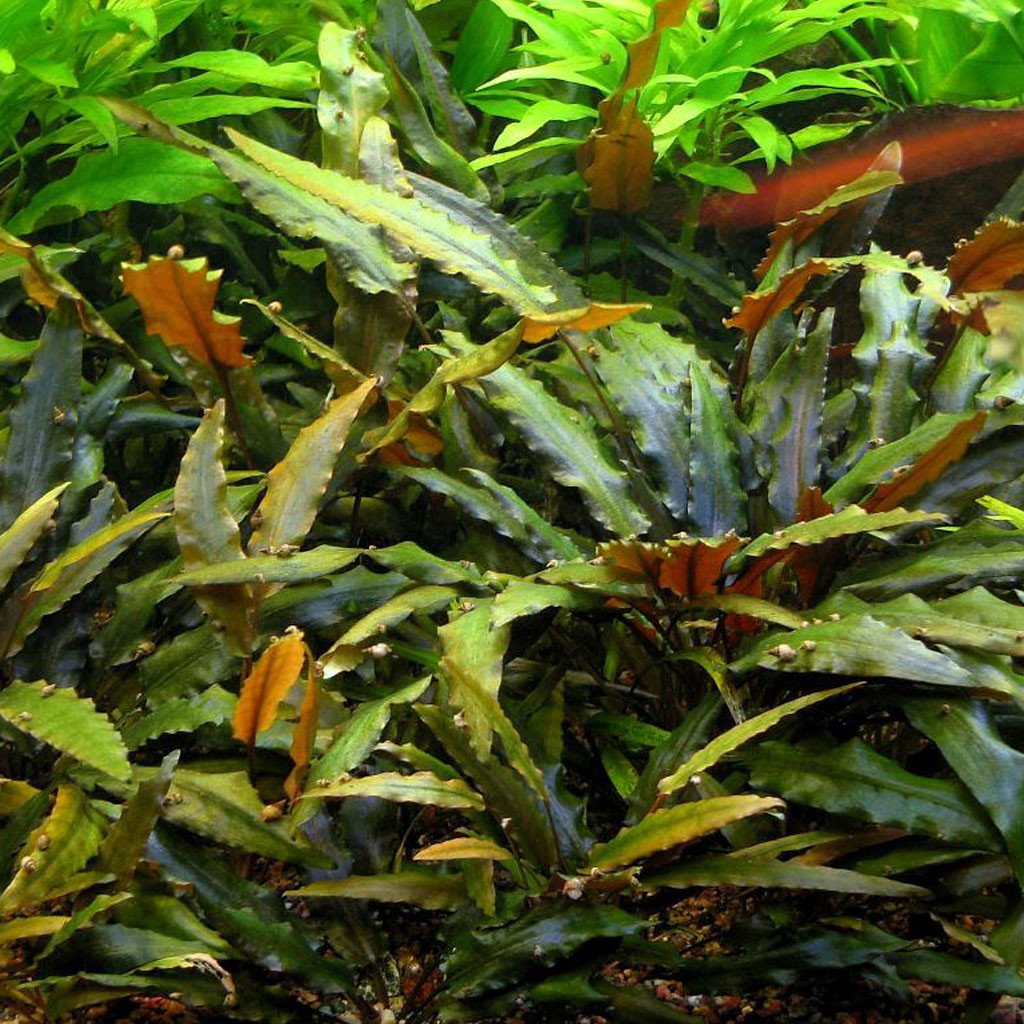
Why Your Floating Plants Keep Dying – and How to Fix It
Floating plants like Duckweed, Water Spangle, Red Root Floater, and Salvinia are favorites among aquarists for their natural beauty and water-purifying power. But what happens when they keep dying, turning white, melting, or vanishing altogether?
Let’s break down the top reasons — and how to fix them.
![]()

1. Too Much Direct Light (Yes, Really)
While floating plants love light, too much intense direct light — especially from grow lights placed close to the water — can burn them.
Signs: Plants turn pale, bleach out, or develop burnt edges.
Fix: Raise your light or reduce intensity. Floating plants often thrive under medium light with gentle surface movement.

2. Too Little Light
The flip side? Not enough light will starve your floaters.
Signs: Slow growth, yellowing, plants disappearing entirely.
Fix: Aim for 8–10 hours of full-spectrum light daily. If you're outdoors, make sure they get partial sun, not full blast all day.

3. No Surface Flow — or Too Much
Stagnant water = dead zones. But heavy ripples from filters or bubblers can drown floaters.
Signs: Leaves waterlogged, stuck together, or swept to one corner.
Fix: Add gentle surface flow using an air stone placed deep in the tank or a sponge filter on low flow.

4. Nutrient Deficiency
Floating plants pull nutrients straight from the water. In low-nutrient tanks, they starve fast.
Signs: Pale leaves, stunted growth, and shrinking colonies.
Fix: Dose a liquid all-in-one fertilizer weekly, like our [Marcus Fish Tanks Fertilizer Pump] — it’s float-safe and fish-safe.

5. Shock from a New Environment
Shipping stress or moving plants from one tank to another can cause floating plants to melt or shed leaves.
Signs: Rapid die-off within 24–48 hours of arrival.
Fix: Float them in a clean container of dechlorinated water with indirect light for 24–48 hours before adding to your tank.

6. Snails and Fish Are Munching on Them
Some fish and snails love to nibble at floaters. Bettas, goldfish, and even shrimp can snack when hungry.
Signs: Ragged leaves or missing plants overnight.
Fix: Feed your tank mates well and consider using a floating plant corral to protect delicate floaters.

7. Not Enough Clean Water
Floating plants thrive in clean, stable water. Poor water quality suffocates their roots.
Signs: Cloudy water, decaying plants, surface scum.
Fix: Weekly 20–30% water changes and regular filter maintenance will go a long way.

Final Tips
-
Always rinse floaters gently before adding to your tank.
-
Use a floating plant ring to keep them in place and prevent clumping.
-
Trim dead or melting parts often to prevent rot from spreading.

